In an era where businesses are increasingly reliant on external entities for essential services, the significance of implementing an effective Third-Party Risk Management (TPRM) framework cannot be overstated. This interconnectedness, while beneficial, introduces a spectrum of risks that can threaten the very fabric of an organization. Therefore, it becomes paramount for businesses to craft a meticulous strategy that identifies and mitigates these risks and ensures the resilience and integrity of their operations.
In this detailed exploration, we aim to demystify the process of developing a robust TPRM program. Our goal is to provide a clear, easy-to-follow roadmap that empowers your organization to protect itself against the vulnerabilities introduced by third-party collaborations.
The Crucial Role of Third Parties
First, let’s recognize the indispensable value that third parties bring. They enhance operational efficiencies, inject expertise, and often provide cost-effective solutions. Nonetheless, this external engagement also exposes organizations to potential risks, ranging from data security breaches to compliance lapses. Therefore, embedding a strategic Third-Party Risk Program Design within your organization’s risk management framework is not just beneficial; it’s essential for safeguarding against these vulnerabilities.
Building Blocks of a Third-Party Risk Management Framework
Laying the Foundation with Governance
Firstly, establishing a robust governance structure is paramount. This step involves defining explicit roles, responsibilities, and processes dedicated to third-party risk management. Incorporating policies that detail the identification, assessment, and mitigation of risks, along with monitoring mechanisms, is crucial. Moreover, securing senior management support enhances the enforcement of these policies, thereby strengthening the foundation of your Third-Party Risk Program Design.
Prioritizing Thorough Risk Assessments
Subsequently, conducting comprehensive risk assessments emerges as a central pillar of the TPRM program. This entails a detailed evaluation of potential and existing third-party partnerships to pinpoint and understand the risks they may pose. Factors such as financial stability, cybersecurity measures, and regulatory compliance should be meticulously analyzed. Furthermore, your Third-Party Risk Program Design should advocate for periodic reassessments to adapt to both external market dynamics and internal operational shifts.
Committing to Rigorous Due Diligence
In conjunction, due diligence is a critical component. It involves an in-depth examination of third parties to ascertain their alignment with your organization’s standards pertaining to security, compliance, and performance. The process, as dictated by your Third-Party Risk Program Design, should encompass financial evaluations, reference checks, and compliance verifications, thereby ensuring a thorough vetting process.
Ensuring Continuous Monitoring and Review
Moreover, the partnership with a third party warrants ongoing scrutiny to affirm their adherence to agreed standards and to identify emerging risks promptly. This encompasses regular performance evaluations, compliance audits, and vigilance over any significant changes in the third party’s operations that could impact your organization. A practical Third-Party Risk Program Design employs advanced tools and technologies to facilitate this continuous oversight.
Streamlining Incident Management
Furthermore, an effective TPRM framework anticipates potential incidents and prepares for their management. A predefined incident response plan detailing immediate actions, communication protocols, and remediation steps is indispensable for mitigating impacts swiftly and efficiently, thereby underlining the critical nature of preparedness in your Third-Party Risk Program Design.
Enhancing Your Third-Party Risk Management Efforts
Additionally, to elevate your TPRM strategy, consider leveraging technology solutions designed for risk management, fostering transparent relationships with third parties for better collaboration, and staying abreast of the latest risk management trends and best practices.
In Summary
In conclusion, the development and implementation of a comprehensive Third-Party Risk Management program is a dynamic, ongoing process that is crucial for the security and success of modern businesses. By laying a solid governance foundation, conducting thorough risk assessments, practicing diligent due diligence, engaging in continuous monitoring, and preparing for incident management, organizations can effectively mitigate the risks associated with third-party engagements.
Remember, the effectiveness of a TPRM program lies in its ability to adapt and evolve. By staying proactive, utilizing technological advancements, and building solid partnerships, businesses can navigate the complexities of third-party risks with greater confidence and assurance.
To encapsulate, embarking on the development of a Third-Party Risk Management program is not merely a strategic move but a critical defense mechanism that safeguards your organization’s future. Let this guide serve as your beacon, guiding you toward a more secure and resilient operational model.









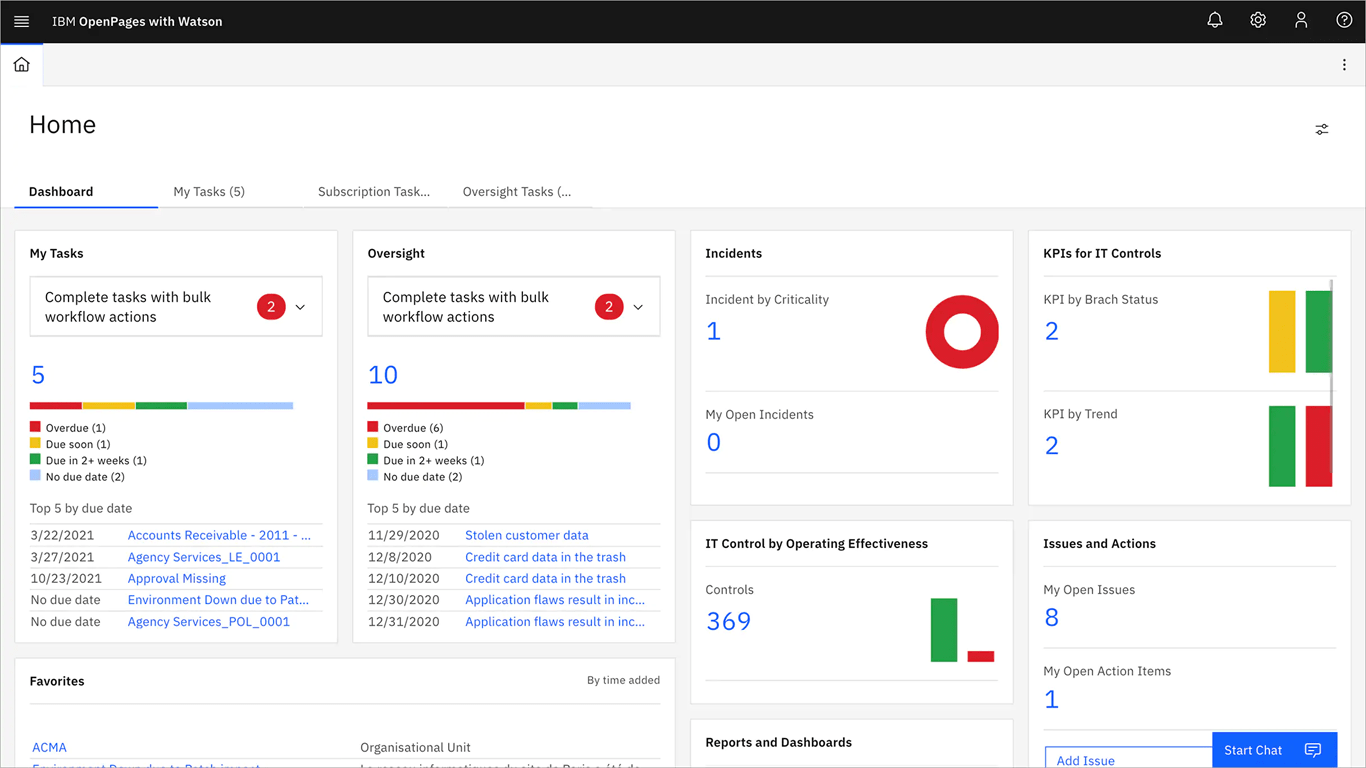









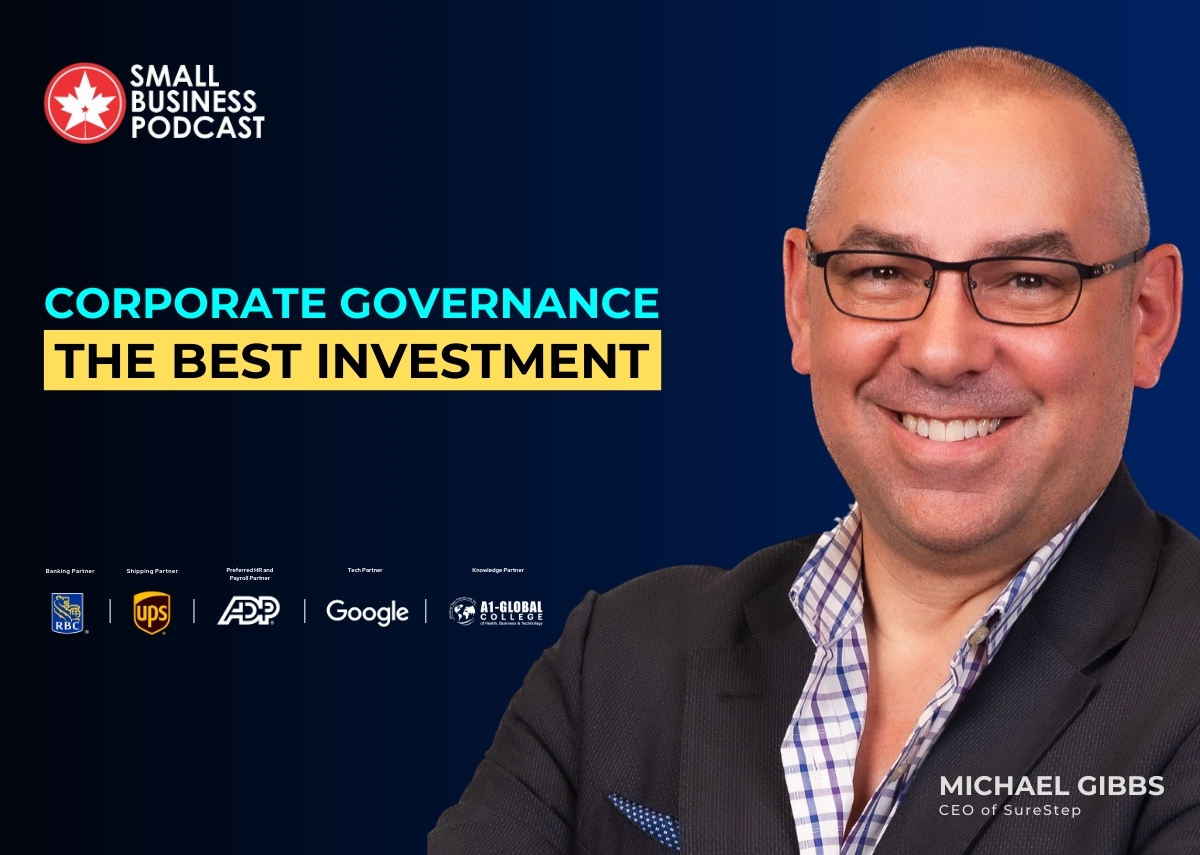

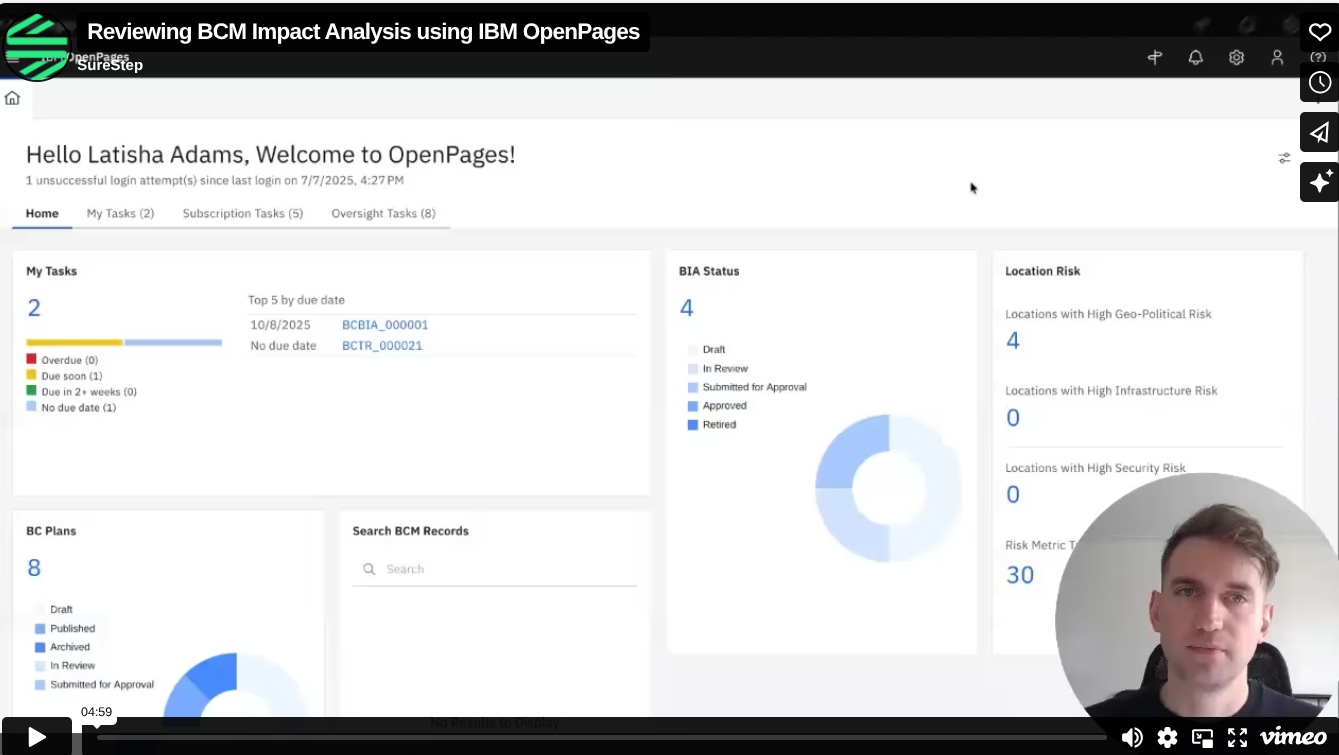






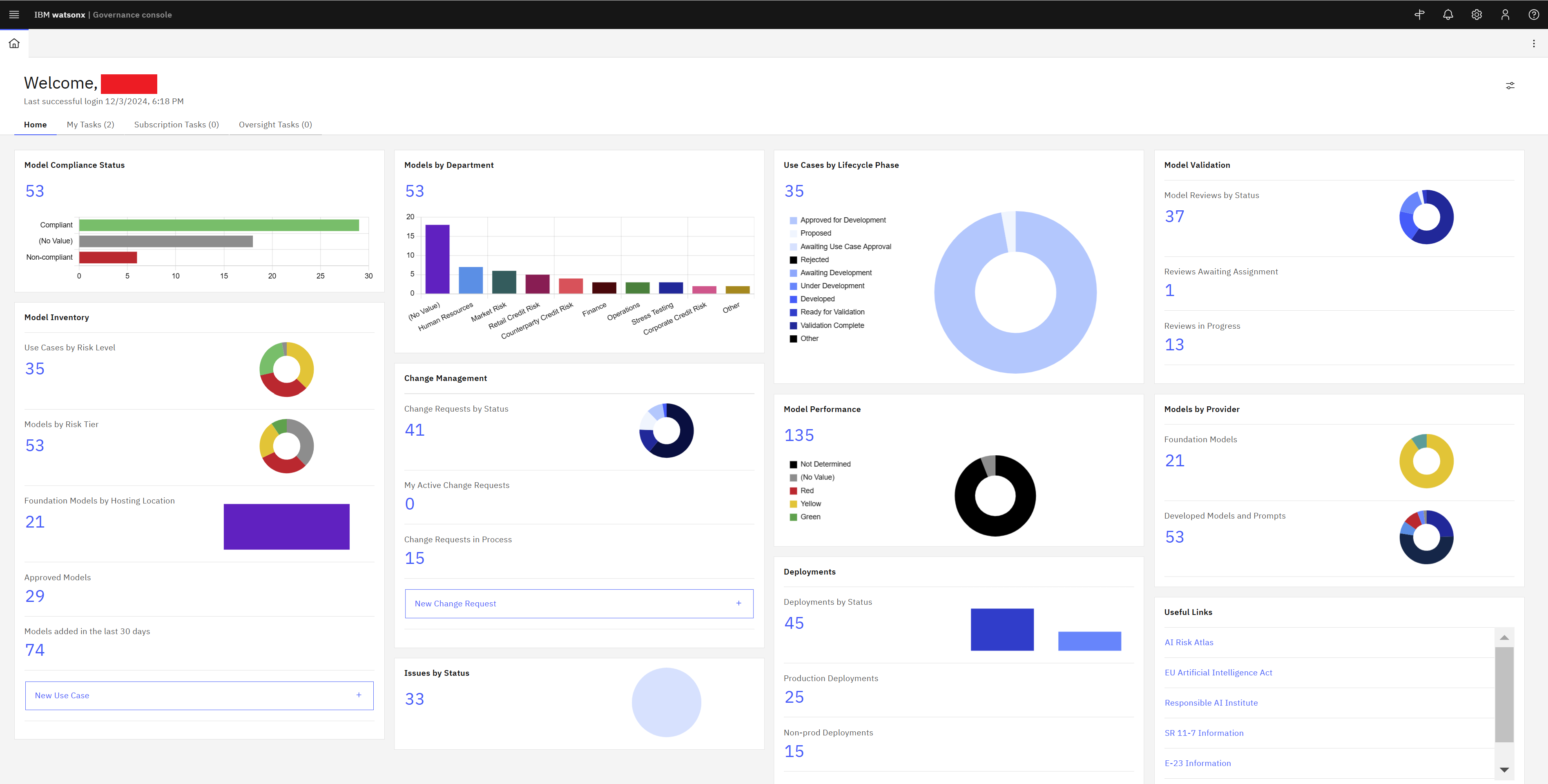

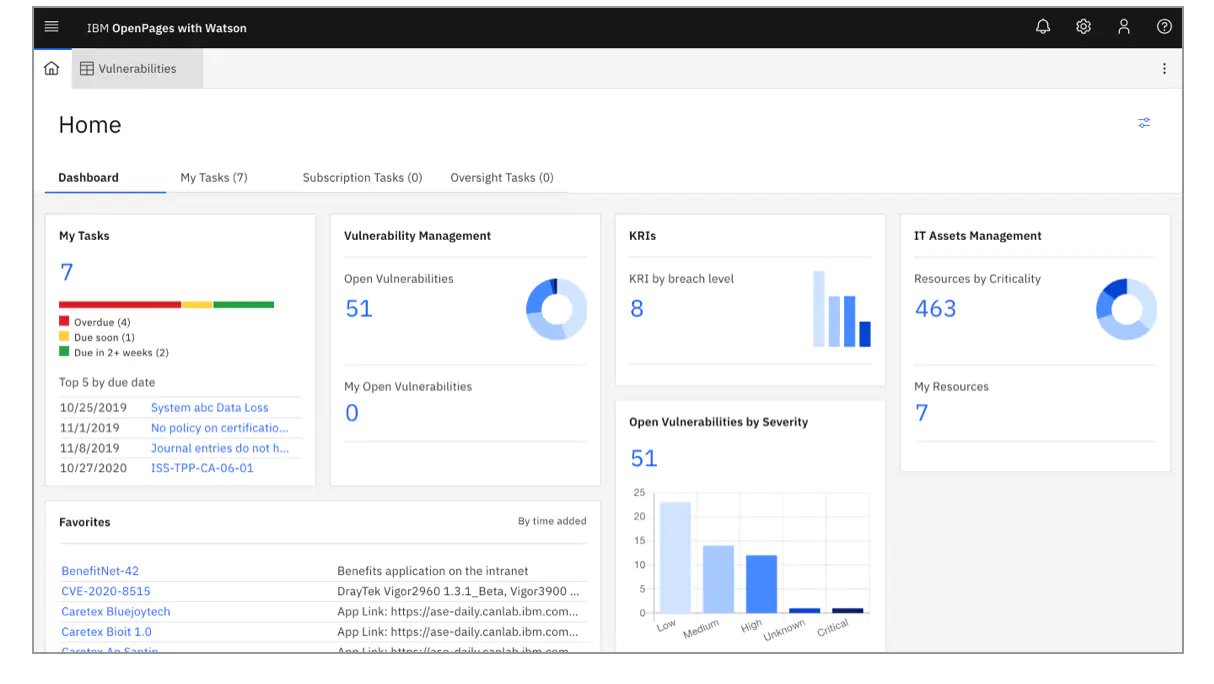
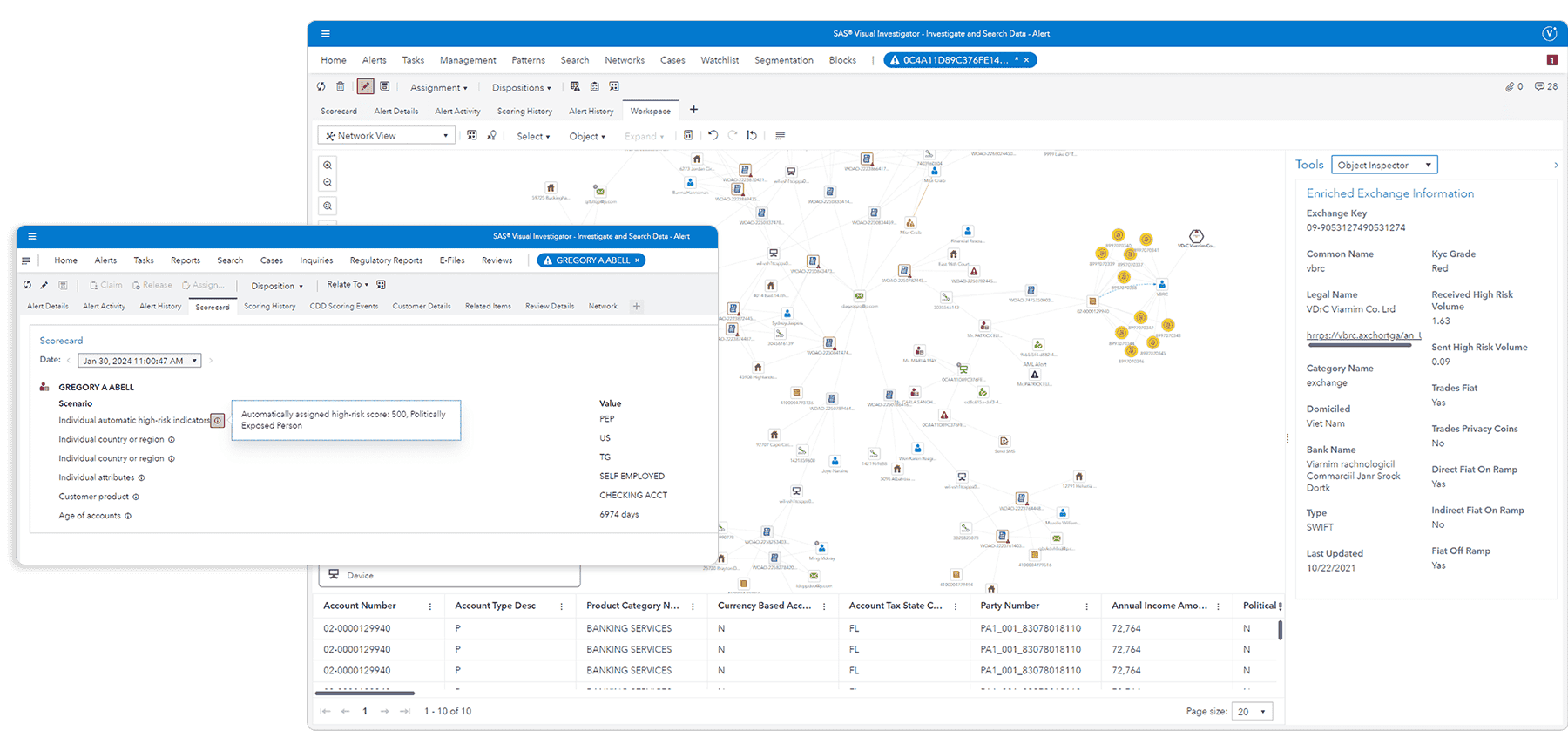







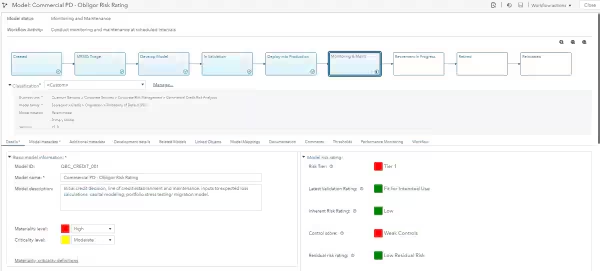









.webp)

-1.jpg)










.jpg)



























.jpeg)







